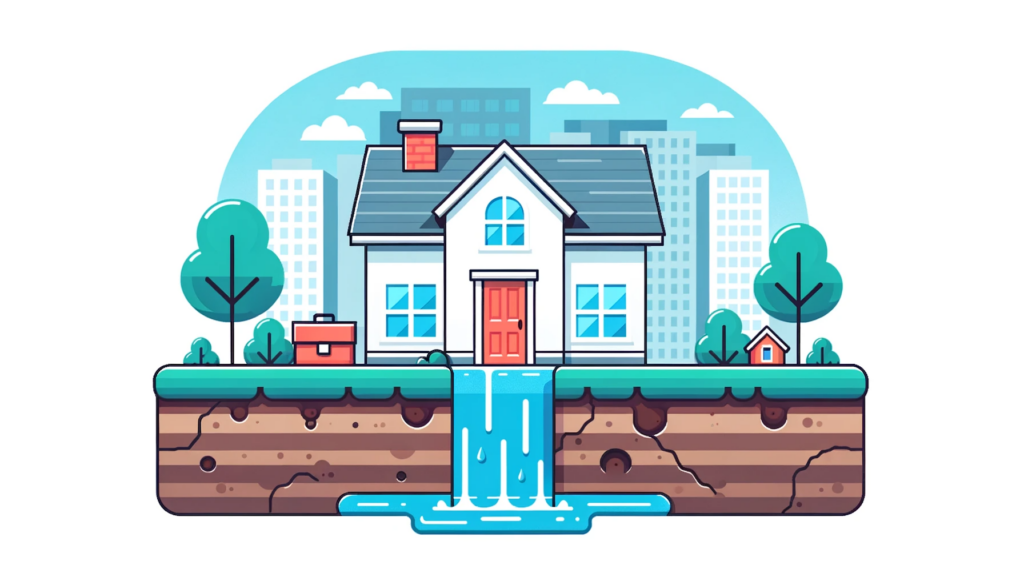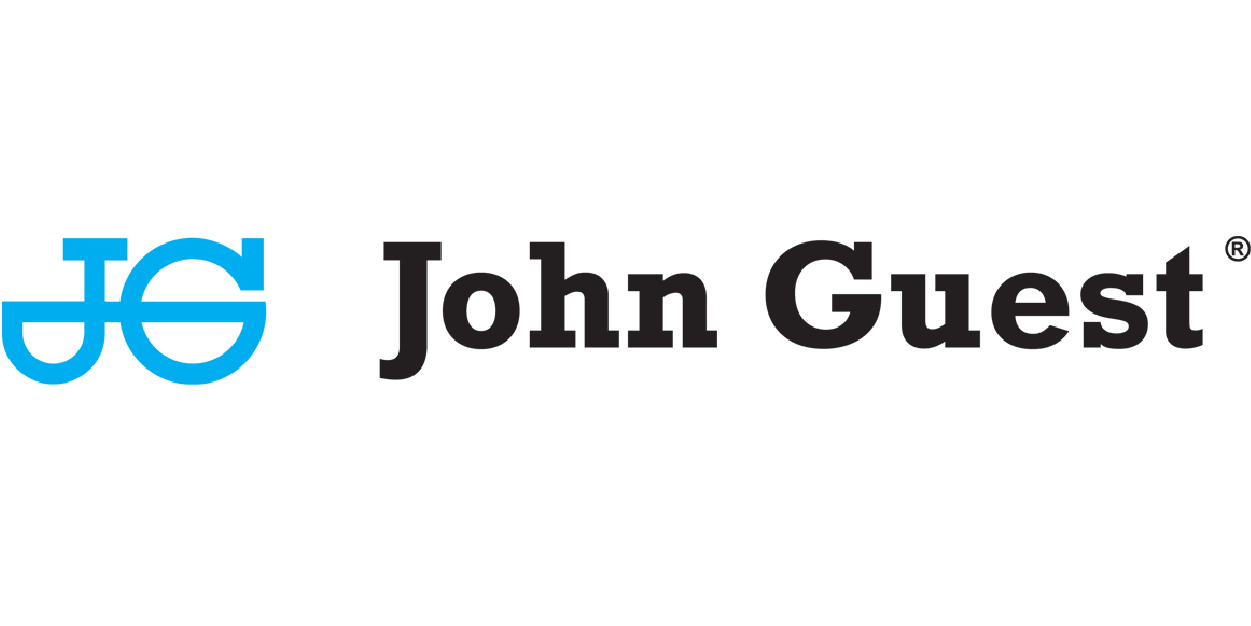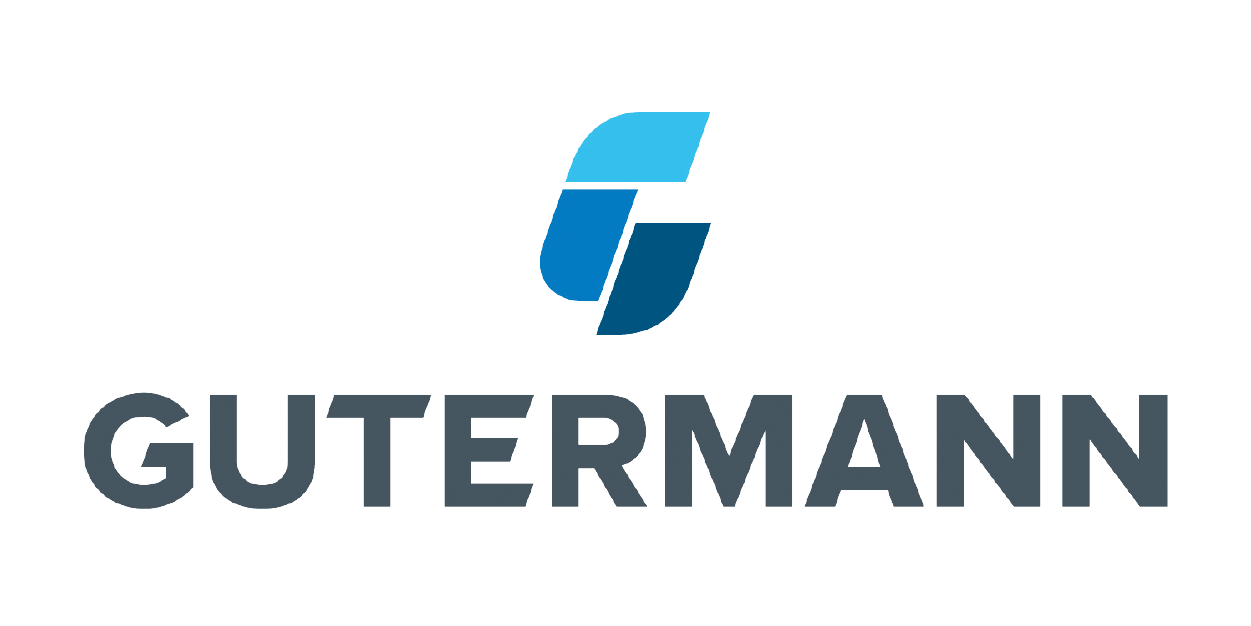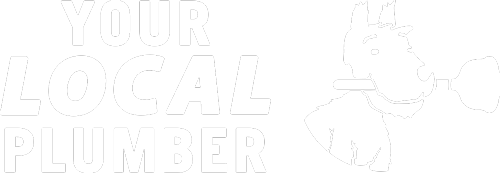
Call Today 09 973 4973 or
Understanding Ventilation Needs
The primary purpose of ventilation in the context of gas appliances is to ensure an adequate supply of fresh air for combustion and to safely expel combustion products outside the building. Without proper ventilation, incomplete combustion can occur, leading to the production of carbon monoxide, a dangerous, odourless gas that can cause serious health issues or even fatalities.
Key Ventilation Requirements
- Direct Ventilation: Many modern gas appliances are designed with direct ventilation systems that expel combustion gases outside directly through a flue or chimney. This system minimises the risk of CO accumulation and ensures that the appliance receives a constant supply of fresh air for combustion.
- Room Ventilation: In spaces where gas appliances are installed, especially those without direct venting, it’s important to ensure that the room itself is adequately ventilated. This may involve the installation of vents or air bricks in external walls to allow fresh air to circulate.
- Flueless Appliances: Some gas appliances operate without a flue and rely on room ventilation to disperse combustion products. For these appliances, New Zealand regulations specify minimum room sizes and ventilation requirements to ensure safety. It’s crucial to follow these guidelines closely when installing flueless gas appliances.
- Extraction and Range Hoods: For gas cooking appliances, the use of extraction systems or range hoods can help remove combustion products from the air. These systems should vent directly to the outside and be used whenever the appliance is in operation.
Compliance with New Zealand Standards
In New Zealand, the installation and ventilation of gas appliances must comply with specific standards and regulations, including the New Zealand Building Code and the Gas (Safety and Measurement) Regulations 2010. These regulations outline the requirements for safe installation, including ventilation, to ensure that gas appliances operate safely and efficiently.
Regular Inspections and Maintenance
- Ventilation System Checks: As part of routine maintenance, the ventilation systems for gas appliances should be inspected regularly to ensure they are clear of blockages and functioning correctly. This includes checking flues, chimneys, and any installed vents or air bricks.
- Professional Assessment: When installing a new gas appliance or making changes to existing installations, it’s advisable to consult with a licensed gasfitter. They can assess the ventilation needs of the appliance and ensure that the installation meets all safety requirements.
Educating Occupants
Educating occupants about the importance of ventilation for gas appliances is also crucial. This includes understanding the risks associated with inadequate ventilation, recognising the signs of poor ventilation (such as soot marks around the appliance or persistent condensation in the room), and knowing how to respond if ventilation issues are suspected.
Proper ventilation is a key factor in the safe use of gas appliances in New Zealand. By adhering to established standards and regulations, conducting regular inspections, and ensuring that occupants are informed about the importance of ventilation, the risks associated with gas appliances can be significantly mitigated.
Maintenance Tips for Effective Ventilation
- Regular Cleaning: Vents, flues, and chimneys associated with gas appliances should be cleaned regularly to remove any blockages caused by debris, bird nests, or accumulated soot. This not only ensures effective ventilation but also reduces the risk of fire.
- Inspection of Air Intakes and Outlets: Ensure that all air intakes and outlets are clear and unobstructed. Furniture, curtains, or other items should not block these ventilation points.
- Professional Flue and Chimney Inspection: At least once a year, have flues and chimneys inspected by a professional to ensure they are in good condition and functioning properly. Cracks or leaks in the flue or chimney can significantly impair ventilation and pose serious safety risks.
Understanding Regulatory Compliance
In New Zealand, compliance with the Building Code and the Gas (Safety and Measurement) Regulations 2010 is mandatory for the installation and operation of gas appliances. These regulations specify:
- Ventilation Requirements: Detailed requirements for the minimum levels of ventilation needed to support the safe operation of different types of gas appliances.
- Installation Standards: Guidelines for the proper installation of gas appliances and their ventilation systems to ensure safety and efficiency.
- Certification: All gas appliances must meet specific standards and be certified for use in New Zealand. This certification process includes assessing the appliance’s ventilation needs and safety features.
Leveraging Technology for Ventilation Safety
Advancements in technology offer new opportunities to enhance ventilation safety for gas appliances:
- Smart Ventilation Systems: These systems can automatically adjust ventilation rates based on the operation of gas appliances, occupancy levels, and indoor air quality sensors. By optimising ventilation, smart systems ensure that fresh air supply is adequate without wasting energy.
- Carbon Monoxide Detectors with Integrated Ventilation Control: Some carbon monoxide detectors are designed to interface with ventilation systems. If elevated levels of CO are detected, the system can automatically increase ventilation to dilute and remove the hazardous gas.
- Remote Monitoring: For commercial and industrial settings, remote monitoring systems can track the performance of ventilation systems in real-time, alerting facility managers to any issues that may arise, such as reduced airflow or system failures.
Educating Occupants and Staff
Education plays a crucial role in ventilation safety. Occupants and staff should be informed about:
- The Importance of Ventilation: Understanding why adequate ventilation is necessary for the safe use of gas appliances can encourage compliance with safety practices.
- Recognising Ventilation Issues: Educating individuals on how to recognise signs of inadequate ventilation, such as lingering odours, visible soot, or unexplained symptoms of carbon monoxide exposure, can prompt early intervention.
- Emergency Procedures: In the event of suspected ventilation failure or gas leak, knowing how to respond can prevent accidents and exposure to harmful gases.
Proper ventilation is essential for the safe operation of gas appliances, protecting against the dangers of incomplete combustion and carbon monoxide poisoning. By adhering to New Zealand’s regulatory standards, conducting regular maintenance, leveraging technology, and ensuring that all occupants are educated about gas safety, the risks associated with gas appliances can be significantly reduced.
Suppliers




